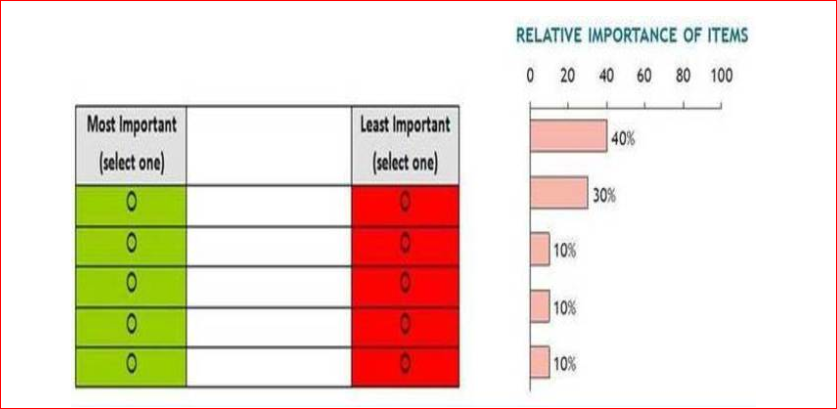Objective
To understand which product features or applications are most important to a particular market.
Approach
An online quantitative survey was conducted that included a MaxDiff exercise in which 40 different product features were evaluated on what is best and worst among 15 sets with 4 features in each set.
MaxDiff modelling was used over traditional rating scales for several reasons:
MaxDiff is free from scale use bias
Better differentiation than rankings
Rankings don’t show the difference between choices, e.g. how better is first than second, second than third, and so on.
MaxDiff presents a less difficult and more engaging task for respondents to perform than a full sort and rank.
MaxDiff overcomes halo effects that are encountered in using rating scales due to respondents giving overly good ratings to all features because of the overall liking of the product.
Product feature evaluation was derived using the hierarchical bayesian estimation at a respondent’s level and then, aggregated tat an overall level to find the impact.
Impact
The client was able to assess the product feature order based on relative importance.



